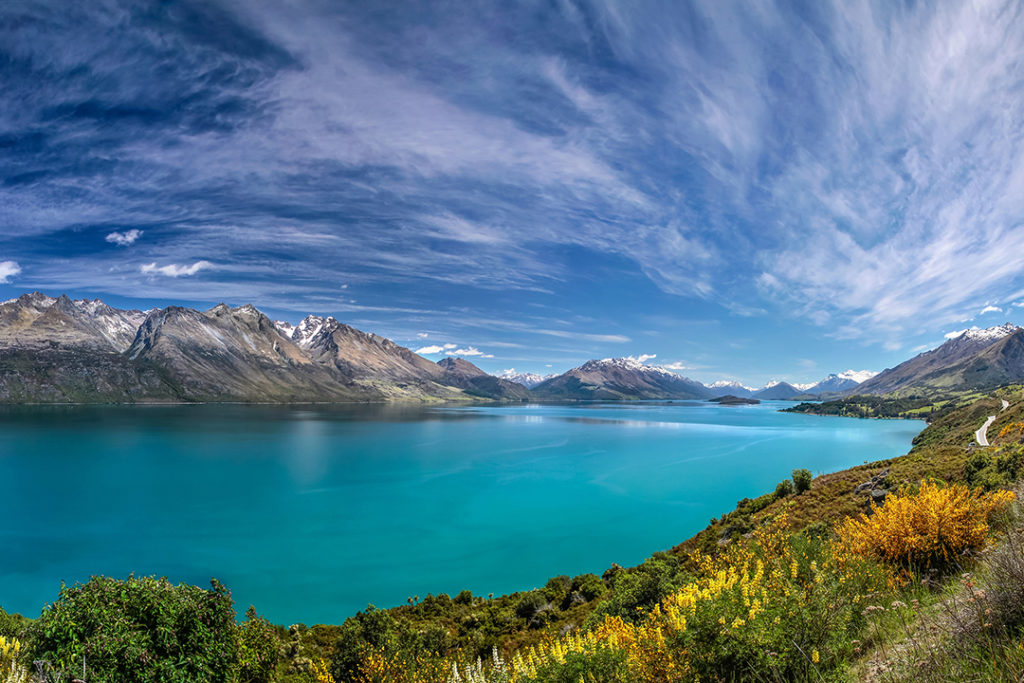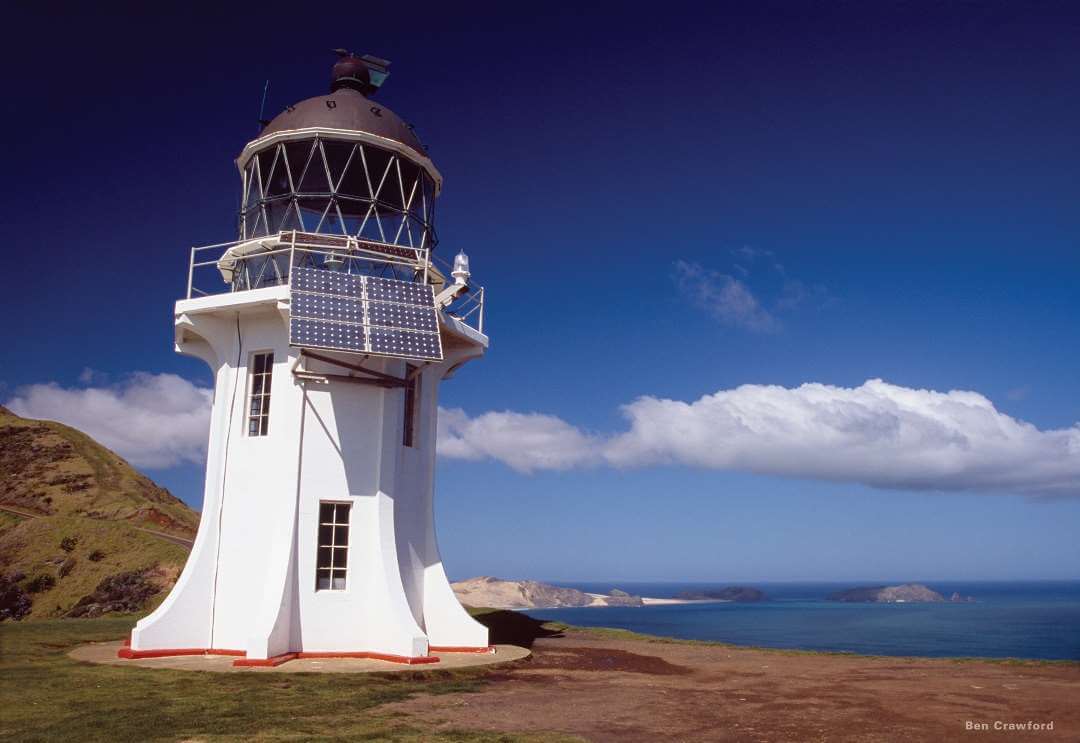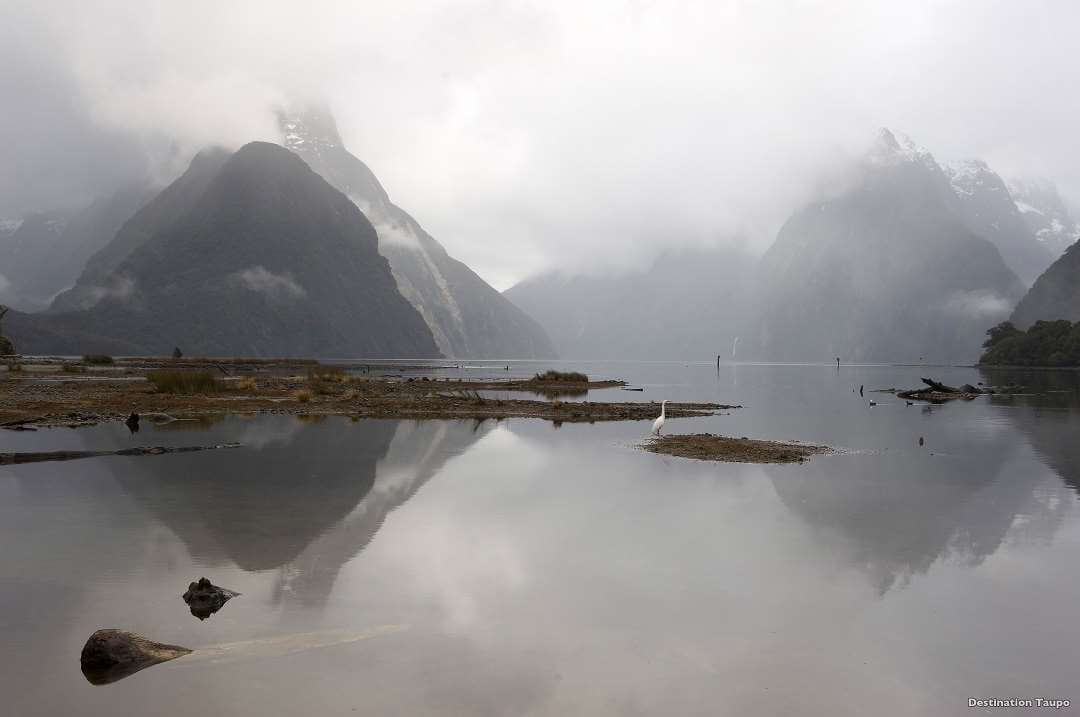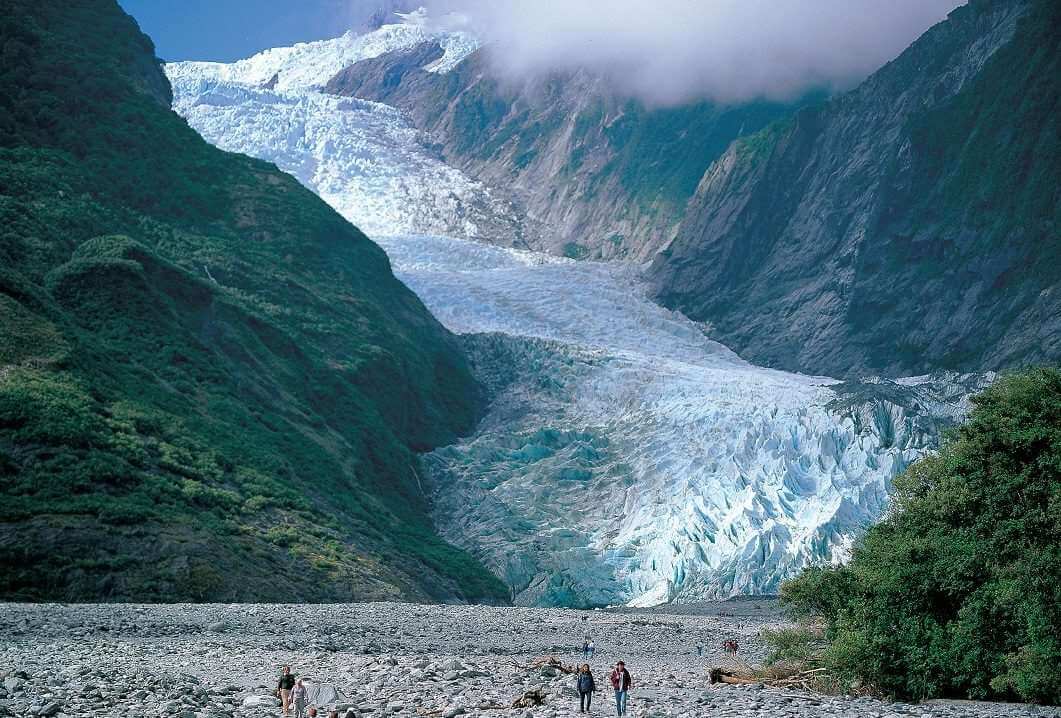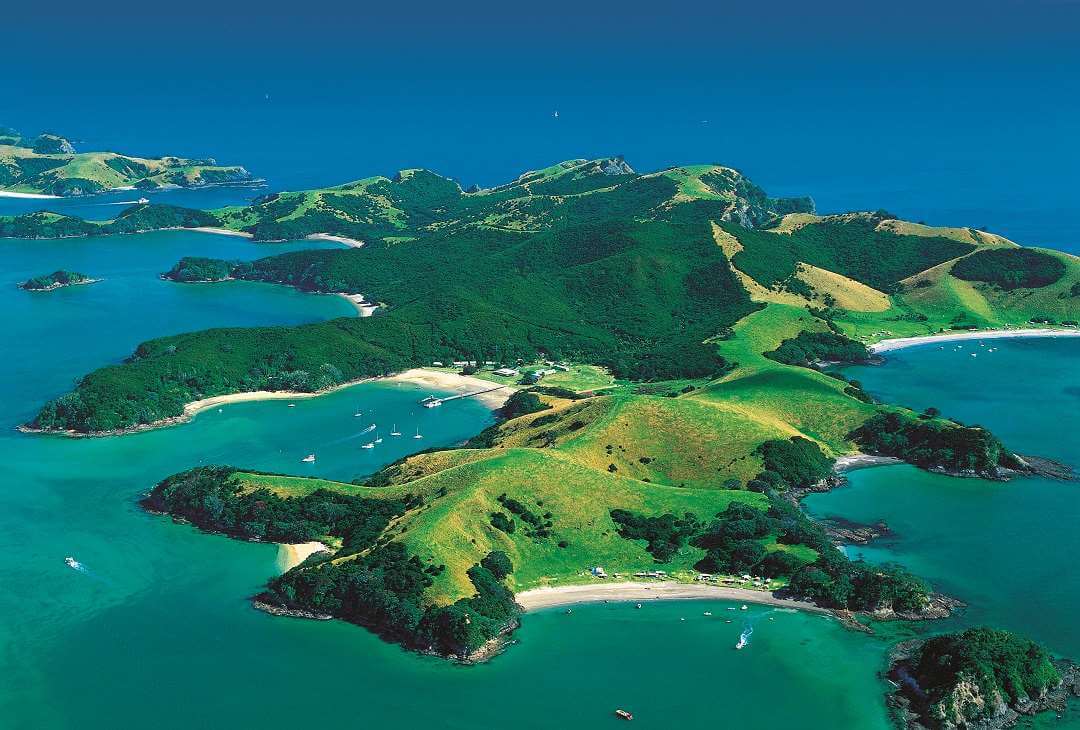New Zealand is blessed with mild temperatures, moderately high rainfall, and many hours of sunshine.
While the Bay of Islands in the far north has subtropical weather during summer, and inland alpine areas of the South Island such as Franz Josef can be as cold as -10°C (14°F) in winter, most of the country lies close to the coast, which means mild temperatures.
The average New Zealand temperature decreases as you travel south. January and February are the warmest months, and July is the coldest month of the year. In summer, the average maximum temperature ranges between 20-30ºC (70-90°F) and in winter between 10-15ºC (50-60°F).
New Zealand weather can change unexpectedly – as they say, you can experience four seasons in one day! Be prepared for sudden changes in weather and temperature if you’re doing outdoor activities and it’s always a good idea to have both a showerproof jacket and sunscreen with you.
Most places in New Zealand receive over 2,000 hours of sunshine a year, with the sunniest areas – including Nelson – receiving over 2,350 hours. During summer months, daylight can last up until 9.30pm and as New Zealand experiences relatively little air pollution compared to many other countries, this makes the UV rays in their sunlight very strong. A high factor sunscreen, a sun hat and sunglasses are essential, regardless of the time of year you visit New Zealand.
To learn more about the particular climate in each place visited on our New Zealand tour, click on the links below.
South Island
North Island
Rotorua
Bay of Islands
Auckland
| New Zealand Climate | |||||||||||||
| Jan | Feb | Mar | Apr | May | Jun | Jul | Aug | Sep | Oct | Nov | Dec | Ann | |
| Mean Max °C | 25.9 | 25.8 | 23.9 | 20.3 | 16.7 | 14.1 | 13.5 | 15 | 17.2 | 19.7 | 22 | 24.2 | 19.8 |
| Mean Min °C | 14.3 | 14.6 | 13.2 | 10.8 | 8.7 | 6.9 | 6 | 6.7 | 8 | 9.5 | 11.2 | 12.9 | 10.2 |
| Mean Rain mm | 47.1 | 48 | 50.1 | 57.3 | 55.7 | 49.5 | 47.5 | 50 | 58 | 66 | 60.3 | 59.1 | 648.3 |
| Median Rain mm | 36.8 | 32.1 | 38.6 | 49.6 | 54.9 | 42.5 | 44.4 | 49.1 | 52.8 | 67 | 53 | 51.6 | 644.2 |
| Mean Rain days | 8.3 | 7.4 | 9.4 | 11.7 | 14.6 | 15.4 | 16.2 | 16.1 | 14.9 | 14.1 | 11.7 | 10.4 | 149.2 |
